Animal testing has been controversial for decades, with proponents arguing that it is necessary for medical research and product safety. In contrast, opponents argue that it is inhumane and unnecessary.
The practice of using animals for testing dates back centuries, with early experiments involving rodents and primates in the pursuit of medical knowledge. However, with the advent of modern technology and the growing awareness of animal welfare, the need for cruelty-free alternatives has become increasingly pressing.
We will explore the history of animal testing, its evolution over time, and the ethical implications that have arisen recently. We will also discuss the importance of finding alternative methods not relying on animal testing and the progress made in this area. By examining this complex issue and considering the viewpoints of both supporters and opponents of animal testing, we can better understand the challenges faced in finding a balance between scientific progress and ethical considerations.
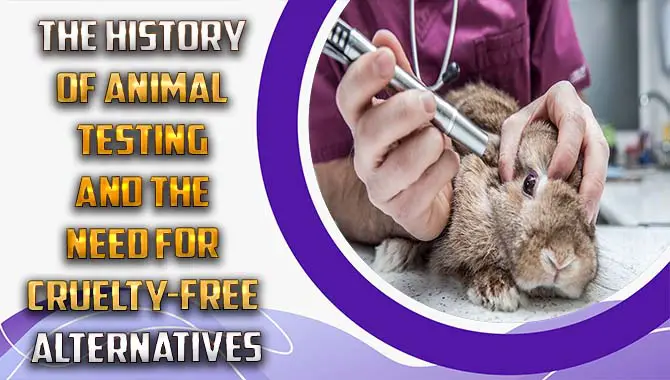
Contents
How Did Animal Testing Originate?
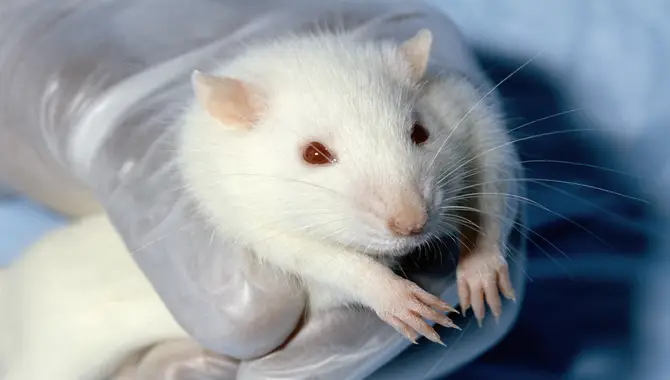
The origins of animal testing can be traced back to ancient Greece, where scientists such as Aristotle and Galen performed experiments on animals to learn about the human body. However, animal testing wasn’t until the 19th century that it became more widespread and systematic, with the development of new scientific methods and technologies. In the early 20th century, animal testing became even more prevalent with the rise of pharmaceutical companies and their need for animal models to test new drugs.
Today, animal testing remains controversial, with many arguing that it is cruel and unnecessary. While some researchers defend its use as an essential tool for advancing medical knowledge, others are pushing for alternative methods such as computer modeling and in vitro testing. Regardless of your stance on the issue, one thing is clear: the history of animal testing is a complex and multifaceted one that continues to shape our understanding of science and ethics today.
Animal testing is cruel and unnecessary, and many cruelty-free alternatives are available
Animal testing has been a controversial topic for many years. Some people believe it is necessary to ensure product safety, while others believe it is cruel and unnecessary.
The history of animal testing goes back centuries. The first recorded instance of animal testing was in the 4th century BC when Aristotle and other Greek philosophers experimented on animals. In the 17th century, René Descartes believed that animals were incapable of feeling pain. So it was acceptable to use them for experimentation. This belief persisted for many years, and it was not until the 19th century that the public began to question the practice of animal testing.
The first significant movement against animal testing was in the early 1900s when women’s rights activists. Frances Power Cobbe founded the National Anti-Vivisection Society. This society campaigned against using animals in scientific research. Their efforts led to the passage of the Cruelty to Animals Act in 1876, limiting animal use in research.
Despite this legislation, animal testing was widely used in the early 20th century. It was not until the Second World War that the public began to take notice of the issue. In 1941, Nazi Germany conducted experiments on concentration camp prisoners, which led to international outrage.
What do you think? Is animal testing necessary or cruel?
Whether animal testing is necessary or cruel is a contentious issue. On the one hand, advocates argue that developing new drugs and medical treatments requires animal testing and that it can help ensure the safety of humans.
On the other hand, opponents argue that animal testing is cruel, inhumane, and unnecessary, as many alternative methods are available today.
Whether animal testing is necessary or cruel comes from personal beliefs and values. Some people believe that all animals have the right to live free from harm and exploitation. In contrast, others see animal testing as a necessary evil in pursuing scientific progress.
Why Is the History Of Animal Testing Still Used Today?
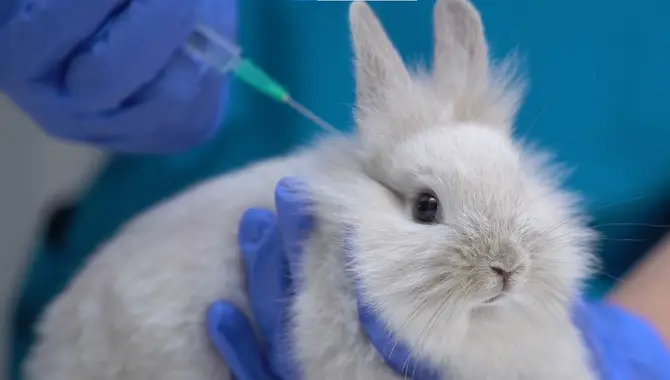
Researchers still use animal testing today because they see it as the most reliable way to test the safety of new products. While people may have alternative methods, they may not always consider them accurate. People still conduct animal testing for a variety of reasons. People see it as the most reliable way to test the safety of new products.
They argue that testing a product on animals before making it available to the general public is better. Critics of animal testing argue that it is cruel and unnecessary.
They point out that researchers often subject animals to painful and invasive procedures. They also argue that alternative methods are available that are just as reliable. The decision to use animal testing is a personal one. There are pros and cons to the practice. Those who support animal testing argue that it is a necessary evil. Those who oppose it argue that it is cruel and unnecessary.
What Are The Alternatives To Animal Testing?
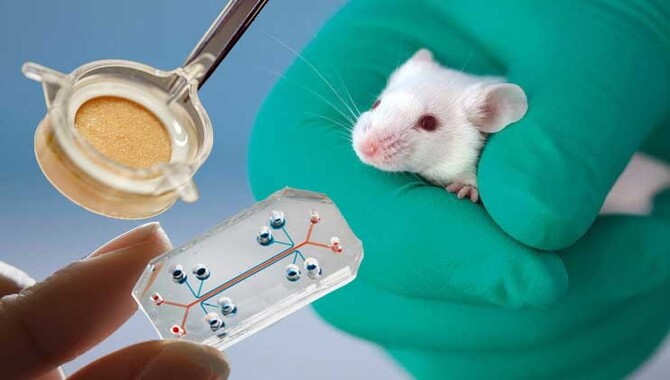
The use of animals for testing purposes has been a controversial topic for many years. Some people believe it is cruel to subject animals to tests that may cause pain or suffering. In contrast, others believe that it is necessary to ensure the safety of products that humans will use.
Which uses mathematical and statistical models to simulate the effects of a product on a living organism; and uses volunteers instead of animals.
One example of an alternative to animal testing is human cells and tissues cultured in a laboratory. Scientists often use this type of testing to assess the safety of new drugs or to study the effects of a new chemical on human cells.
Another example of an alternative to animal testing is computer modeling. We can use this testing type to predict a new product’s effects on a living organism.
How Do Animals React To Being Tested On?
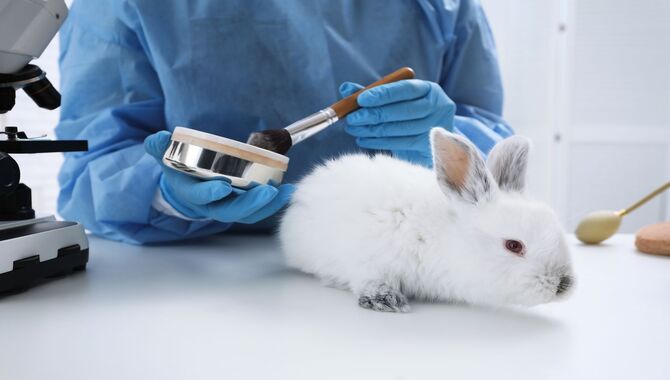
Researchers question how animals react to being tested since animal testing is controversial. Animals subjected to testing may experience pain, discomfort, and stress. They may also exhibit signs of anxiety, such as pacing or self-injury. Additionally, some animals may become desensitized to their surroundings and display abnormal behavior.
It is important to note that animal testing can have varying effects depending on the species, age, and gender of the animal. While some animals show no visible reaction to testing, others may suffer severe harm. As such, it is crucial for researchers to carefully consider the ethical implications of using animals in scientific research and explore alternative methods whenever possible.
How Do Animals React To Being Tested On?
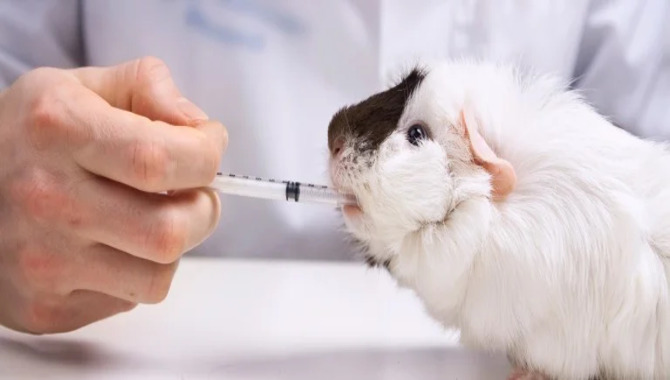
There is no one answer to this question, as animals can react in various ways. Some may become agitated and aggressive, while others may become withdrawn and passive.
Unfortunately, we cannot know how an animal will react to testing until we try. This means many animals suffer needlessly in the name of science and cosmetics. Animal testing is controversial, with many arguing that it is cruel. However, it is still common in many industries, including cosmetics. So,
How Do Animals React To Being Tested On?
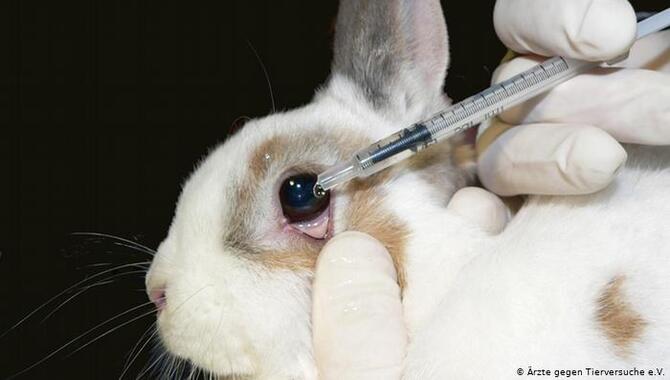
While animals cannot communicate their experiences in the same way as humans, studies have shown that they can experience stress and pain during testing procedures. This can manifest through increased heart rate, trembling, or avoidance behaviors. Additionally, animals may develop behavioral or physical changes over time due to prolonged exposure to stressful situations. Researchers must minimize animal suffering and treat them ethically throughout the testing process.
Conclusion
Animal testing has a long and controversial history, and many people are beginning to recognize the need for cruelty-free alternatives. While animal testing has contributed to many important medical breakthroughs, it is also essential to consider the ethical implications of using animals for such purposes.
With advancements in technology and increased awareness of animal welfare concerns, there are now more options than ever for researchers and companies to find alternative methods that do not involve harming animals. By working together, we can progress toward a future where animal testing is no longer necessary. If you want to learn more about the history of animal testing and the need for cruelty-free alternatives, check out our other resources on this critical topic.
FAQ
1.What Kind Of Tests Are Commonly Performed On Animals?
Ans: There are a variety of tests that are commonly performed on animals. These include toxicity testing, pharmacological testing, and behavioral testing.
Scientists use pharmacological testing to determine how a substance affects an animal’s body and behavior. Behavioral testing assesses an animal’s response to a particular stimulus.
2.How Many Animals Are Used For Testing Each Year?
Ans: This question has no definitive answer because it varies from country to country and year to year.
3.What Types Of Animals Are Used For Testing?
4.What Are The Consequences Of Animal Testing?
Ans: The consequences of animal testing can be divided into three main categories: ethical, scientific, and practical.
From an ethical standpoint, many believe animal testing is morally wrong because it involves subjecting animals to pain and suffering. Animal rights activists have long campaigned against animal testing, and the issue has received renewed attention in recent years.
5.Why should we use alternatives to animal testing?
Animal testing has been a common practice for centuries. It has contributed greatly to advancing medicine, cosmetics, and other industries. However, the use of animals for scientific experimentation has also raised ethical concerns.
Leave a Reply